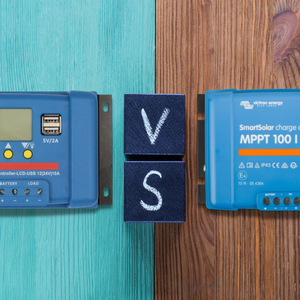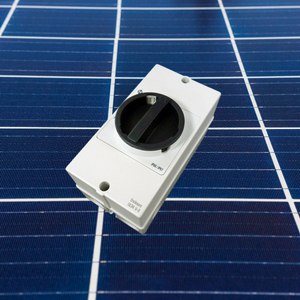Solar Power FAQs
| Q | Do I connect my panels in series or parallel? |
| A | Solar panels should normally be connected in series as your MPPT solar charge controllers will need your panel voltage to be higher than your battery voltage to provide a charging current. |
| Q | Can semi-flexible panels be stuck to the roof? |
| A | Yes, semi-flexible panels can be bonded directly to the roof using a suitable adhesive/sealant. |
| Q | What is the difference between MPPT & PWM technology in solar controllers? |
| A | MPPT (Maximum power point tracking) technology has a much better conversion efficiency and therefore is capable of harvesting more power than the older Pulse Width Modulation (PWM) technology. This is often up to 30% more. It is particularly beneficial in fast-changing light conditions that occur on partially cloudy days or where shading may be an issue. |
| Knowledge Centre Guides | Article Link |
|---|---|
Solar Power GuideSolar panels are a great way to harvest clean, free energy from sunlight & are quickly becoming commonplace on rooftops around the world. We often have customers ask what panel is right for their application so in this article we will cover the fundamental workings of solar panels |
Featured News Articles
Thursday, 7 July 2022 | Craig In today's blog article we look at if you can mix solar panels of different sizes and brands. Posted in Help & Advice |
Thursday, 28 April 2022 | Craig  We take a look at the pros & cons of MPPT & PWM solar controllers and discuss which one will provide the best results, depending on your environment. Posted in Help & Advice |
Thursday, 3 February 2022 | Craig  We often get asked for solar isolators following a YouTube video or guide but do you really need one? We break it down in this article. Posted in Help & Advice |
Disclaimer - The information contained in these articles is provided in good faith and we do our best to ensure that it is accurate and up to date, however, we cannot be held responsible for any damage or loss arising from the use or mis-use of this information or from any errors or omissions. The installer is ultimately responsible for the safety of the system so if you are in any doubt, please consult a qualified electrician.
